Regulatory Support and Reimbursement Policies
Regulatory support and favorable reimbursement policies are emerging as significant drivers in the Ultrasound Needle Guides Market. Governments and health organizations are increasingly recognizing the value of ultrasound-guided procedures, leading to the establishment of supportive regulations and reimbursement frameworks. This trend encourages healthcare providers to adopt ultrasound needle guides, as they can offer cost-effective solutions for various medical procedures. Recent data suggests that reimbursement rates for ultrasound-guided interventions have improved, making these procedures more accessible to patients. As regulatory bodies continue to promote the use of ultrasound technology, the Ultrasound Needle Guides Market is poised for growth, reflecting a broader commitment to enhancing healthcare delivery.
Rising Demand for Minimally Invasive Procedures
The increasing preference for minimally invasive procedures is a notable driver in the Ultrasound Needle Guides Market. Patients and healthcare providers alike favor these techniques due to their associated benefits, such as reduced recovery times and lower risk of complications. As a result, the demand for ultrasound needle guides, which facilitate precise needle placement during such procedures, is on the rise. According to recent data, the market for minimally invasive surgeries is projected to grow at a compound annual growth rate of approximately 8% over the next few years. This trend suggests that the Ultrasound Needle Guides Market will likely experience substantial growth as more healthcare facilities adopt these technologies to enhance patient outcomes.
Growing Awareness of Ultrasound-Guided Procedures
The growing awareness and acceptance of ultrasound-guided procedures among healthcare professionals and patients are driving the Ultrasound Needle Guides Market. Educational initiatives and training programs have contributed to a better understanding of the benefits associated with ultrasound guidance, such as enhanced accuracy and reduced patient discomfort. As more practitioners recognize the advantages of using ultrasound needle guides, the adoption rate is likely to increase. Market data indicates that the number of ultrasound-guided procedures has risen significantly, with estimates suggesting a growth rate of around 10% annually. This trend underscores the potential for continued expansion within the Ultrasound Needle Guides Market as awareness continues to spread.
Increase in Chronic Diseases and Aging Population
The rise in chronic diseases and the aging population are critical factors propelling the Ultrasound Needle Guides Market. As the global population ages, the prevalence of conditions such as cancer, cardiovascular diseases, and musculoskeletal disorders is expected to increase. These conditions often require interventions that utilize ultrasound needle guides for accurate diagnosis and treatment. Market Research Future indicates that the incidence of chronic diseases is projected to rise, leading to a higher demand for medical procedures that incorporate ultrasound guidance. Consequently, the Ultrasound Needle Guides Market is likely to benefit from this demographic shift, as healthcare systems adapt to meet the needs of an aging population.
Technological Innovations in Ultrasound Equipment
Technological advancements in ultrasound equipment are significantly influencing the Ultrasound Needle Guides Market. Innovations such as 3D imaging and enhanced visualization techniques are improving the accuracy and efficiency of needle placement. These advancements not only enhance the performance of ultrasound needle guides but also expand their applications across various medical fields, including oncology and anesthesiology. The integration of artificial intelligence in ultrasound technology is also emerging, potentially streamlining procedures and reducing the likelihood of errors. As healthcare providers increasingly adopt these advanced technologies, the demand for ultrasound needle guides is expected to rise, reflecting a broader trend towards improved diagnostic and therapeutic capabilities.


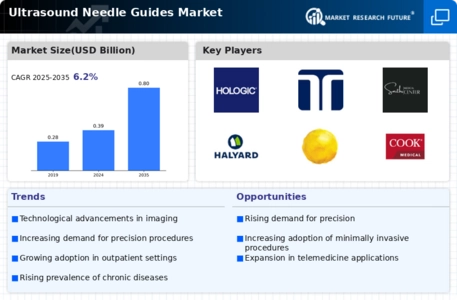
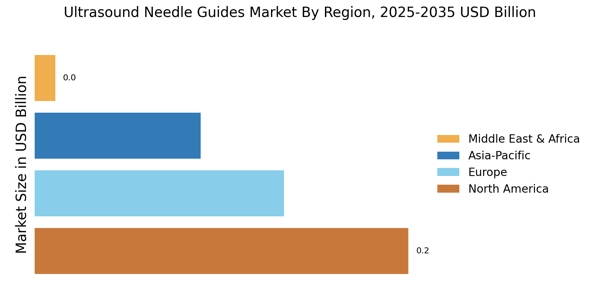
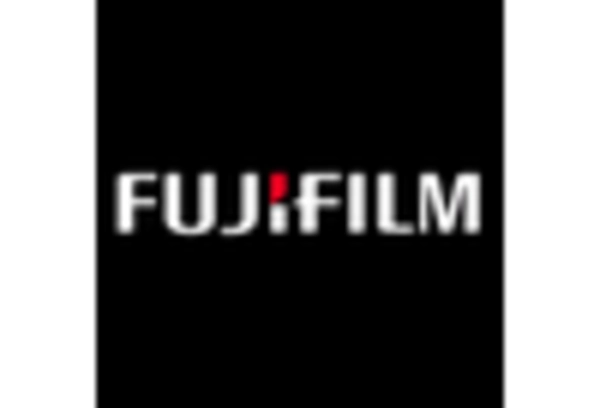

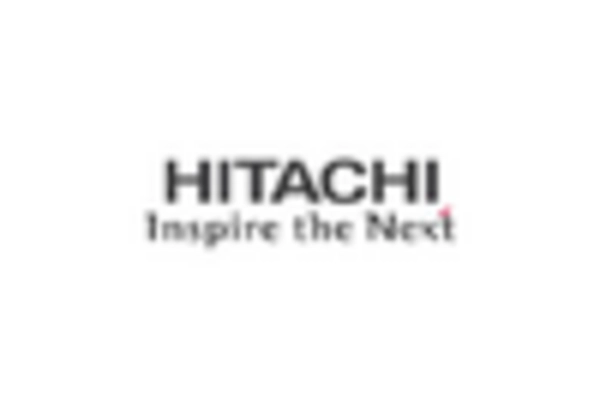
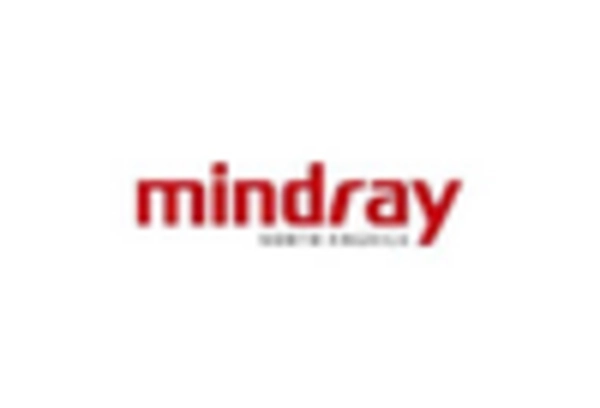










Leave a Comment